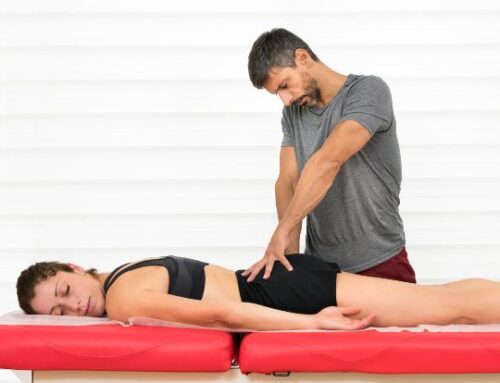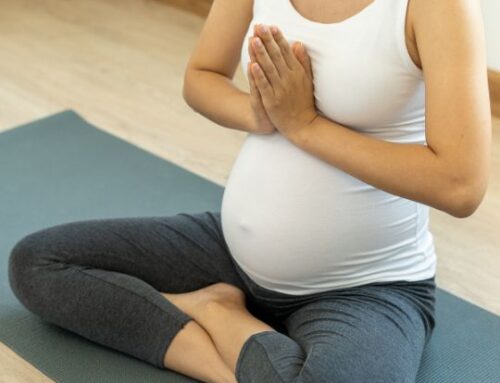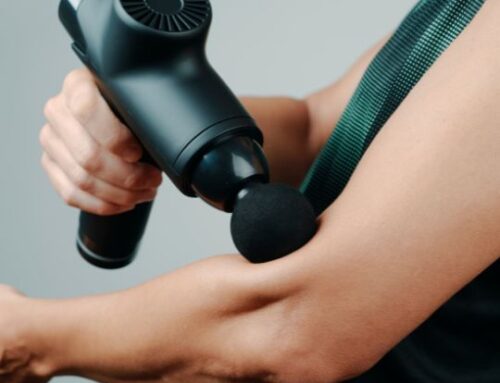Often times lifters will grab their weightlifting belt because they think it will support their core and reduce low back pain when lifting. However, that pain is an indicator of poor core stability and spinal stiffness. If you have ever set foot in a gym, it’s likely you’ve seen someone wearing a weight belt. They are commonly used when powerlifting or olympic lifting but when exactly should you wear one vs. using your body to act like a weight belt?
Many people wear weight belts for three reasons:
- They have seen other people wearing them and believe that it would be a good idea for them to do so as well.
- They experience low back pain with lifting and believe that the belt will help.
- They want to lift more weight
However, none of the above reasons have anything to do with proper lifting technique and good health. Many athletes experience low back pain after squatting or deadlifting heavy due to a lack of core stability and spinal stiffness. Although wearing a weight belt can be a quick fix, it is best to teach the athlete how to efficiently and effectively create task specific intraabdominal pressure. There is evidence to suggest that weight belts assist in generating more foot-pounds of torque in the torso and torso stiffness when the spine is bent to begin with. However, if proper spinal mechanics are maintained during a lift, the belt does not function the same.
Spinal biomechanics expert Dr. Stuart McGill states that belts should only be worn when going for a record or when lifting heavy weight (1-2 rep max). The remainder of the time, your body should be doing the work of a weight belt. Anatomically, your body is capable of maximizing torso stiffness. The internal oblique, external oblique, transverse abdominis, and lumbodorsal fascia create a hoop, or “anatomical belt” that’s capable of maximizing torso stiffness. In the back, the obliques connect to the lumbodorsal fascia to complete the hoop or “anatomical belt”. These structures together aid in spinal stiffness and stability. You can specifically train these muscles to efficiently and effectively creating intra-abdominal pressure.





